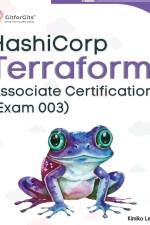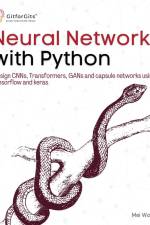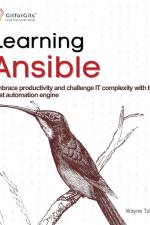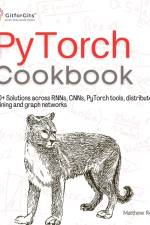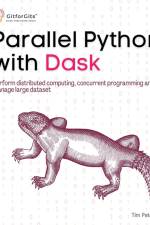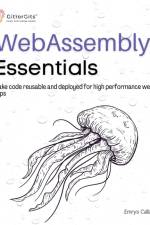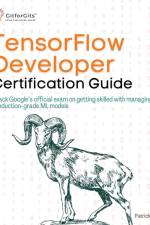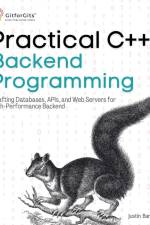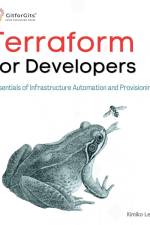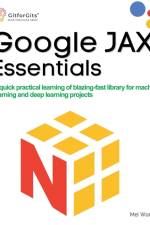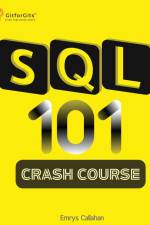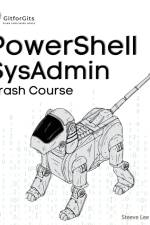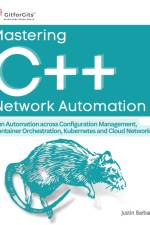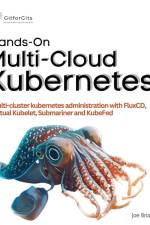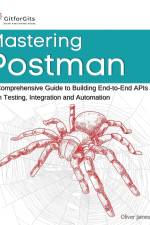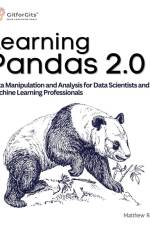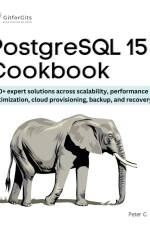av Patrick J
1 089,-
Designed with both beginners and professionals in mind, the book is meticulously structured to cover a broad spectrum of concepts, applications, and hands-on practices that form the core of the TensorFlow Developer Certificate exam. Starting with foundational concepts, the book guides you through the fundamental aspects of TensorFlow, Machine Learning algorithms, and Deep Learning models.The initial chapters focus on data preprocessing, exploratory analysis, and essential tools required for building robust models. The book then delves into Convolutional Neural Networks (CNNs), Long Short-Term Memory Networks (LSTMs), and advanced neural network techniques such as GANs and Transformer Architecture. Emphasizing practical application, each chapter is peppered with detailed explanations, code snippets, and real-world examples, allowing you to apply the concepts in various domains such as text classification, sentiment analysis, object detection, and more.A distinctive feature of the book is its focus on various optimization and regularization techniques that enhance model performance. As the book progresses, it navigates through the complexities of deploying TensorFlow models into production. It includes exhaustive sections on TensorFlow Serving, Kubernetes Cluster, and edge computing with TensorFlow Lite. The book provides practical insights into monitoring, updating, and handling possible errors in production, ensuring a smooth transition from development to deployment.The final chapters are devoted to preparing you for the TensorFlow Developer Certificate exam. From strategies, tips, and coding challenges to a summary of the entire learning journey, these sections serve as a robust toolkit for exam readiness. With hints and solutions provided for challenges, you can assess your knowledge and fine-tune your problem solving skills. In essence, this book is more than a mere certification guide; it's a complete roadmap to mastering TensorFlow. It aligns perfectly with the objectives of the TensorFlow Developer Certificate exam, ensuring that you are not only well-versed in the theoretical aspects but are also skilled in practical applications.Key LearningsComprehensive guide to TensorFlow, covering fundamentals to advanced topics, aiding seamless learning.Alignment with TensorFlow Developer Certificate exam, providing targeted preparation and confidence.In-depth exploration of neural networks, enhancing understanding of model architecture and function.Hands-on examples throughout, ensuring practical understanding and immediate applicability of concepts.Detailed insights into model optimization, including regularization, boosting model performance.Extensive focus on deployment, from TensorFlow Serving to Kubernetes, for real-world applications.Exploration of innovative technologies like BiLSTM, attention mechanisms, Transformers, fostering creativity.Step-by-step coding challenges, enhancing problem-solving skills, mirroring real-world scenarios.Coverage of potential errors in deployment, offering practical solutions, ensuring robust applications.Continual emphasis on practical, applicable knowledge, making it suitable for all levelsTable of ContentsIntroduction to Machine Learning and TensorFlow 2.xUp and Running with Neural NetworksBuilding Basic Machine Learning ModelsImage Recognition with CNNObject Detection AlgorithmsText Recognition and Natural Language ProcessingStrategies to Prevent Overfitting & UnderfittingAdvanced Neural Networks for NLPProductionizing TensorFlow ModelsPreparing for TensorFlow Developer Certificate Exam



